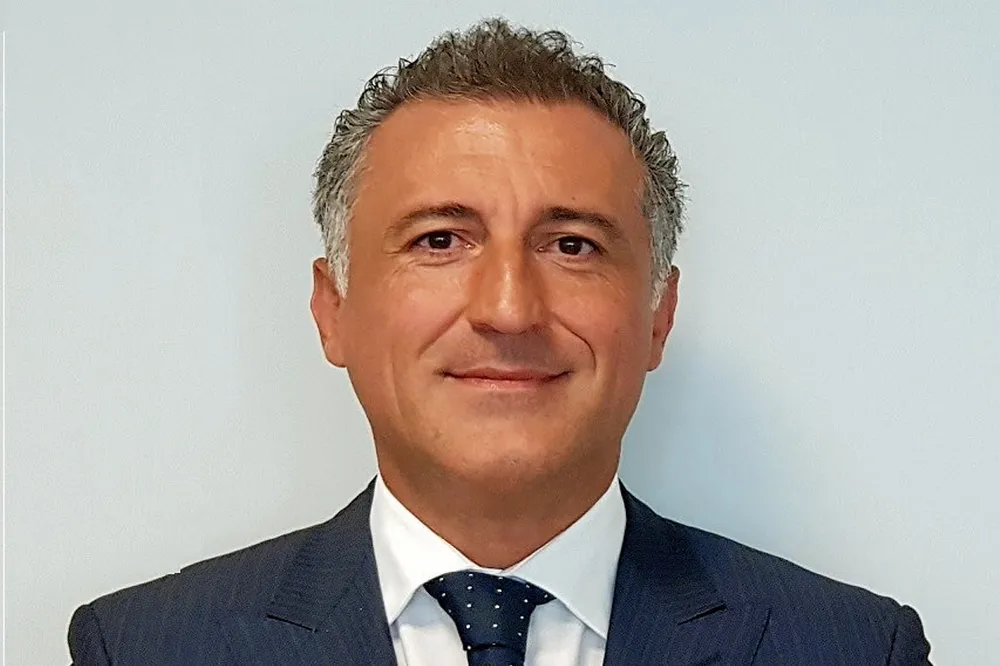King of the Kutei basin: Eni considers third offshore production hub in Indonesia
Bidders already lining up for operator's second such project with start-up expected by 2028

Bidders already lining up for operator's second such project with start-up expected by 2028
